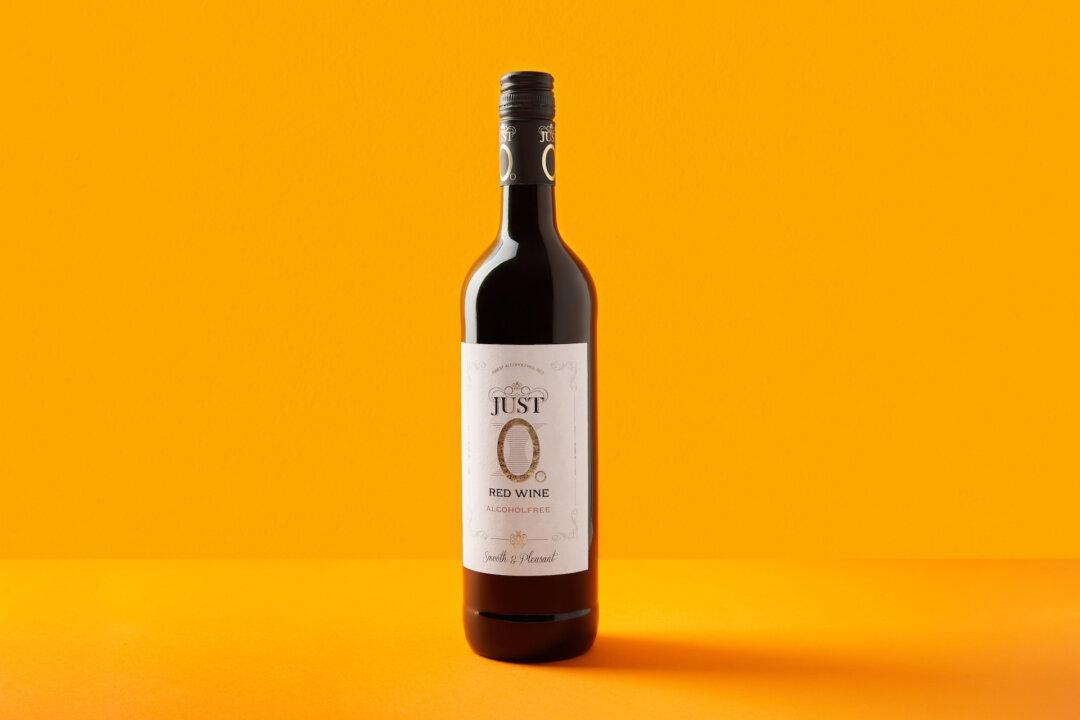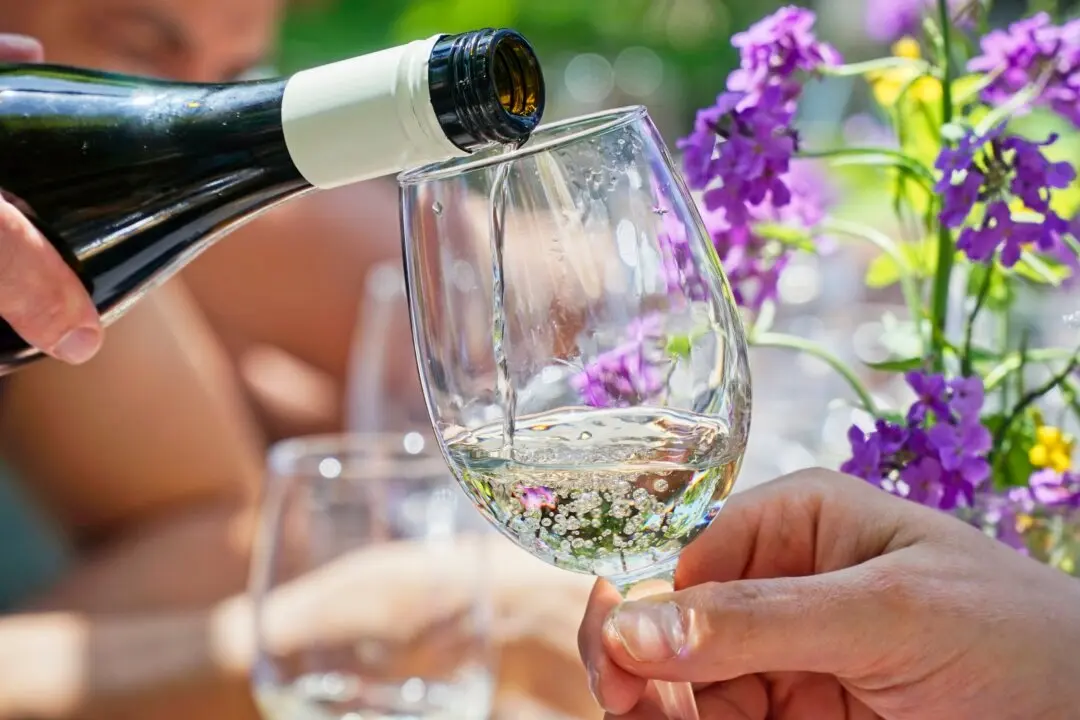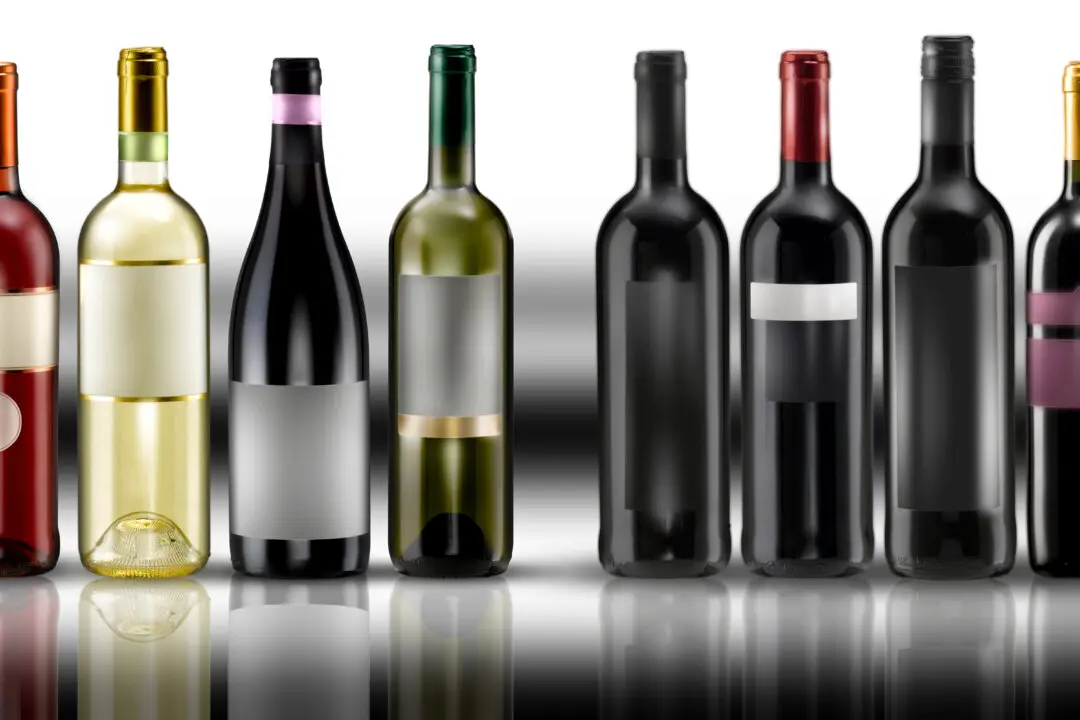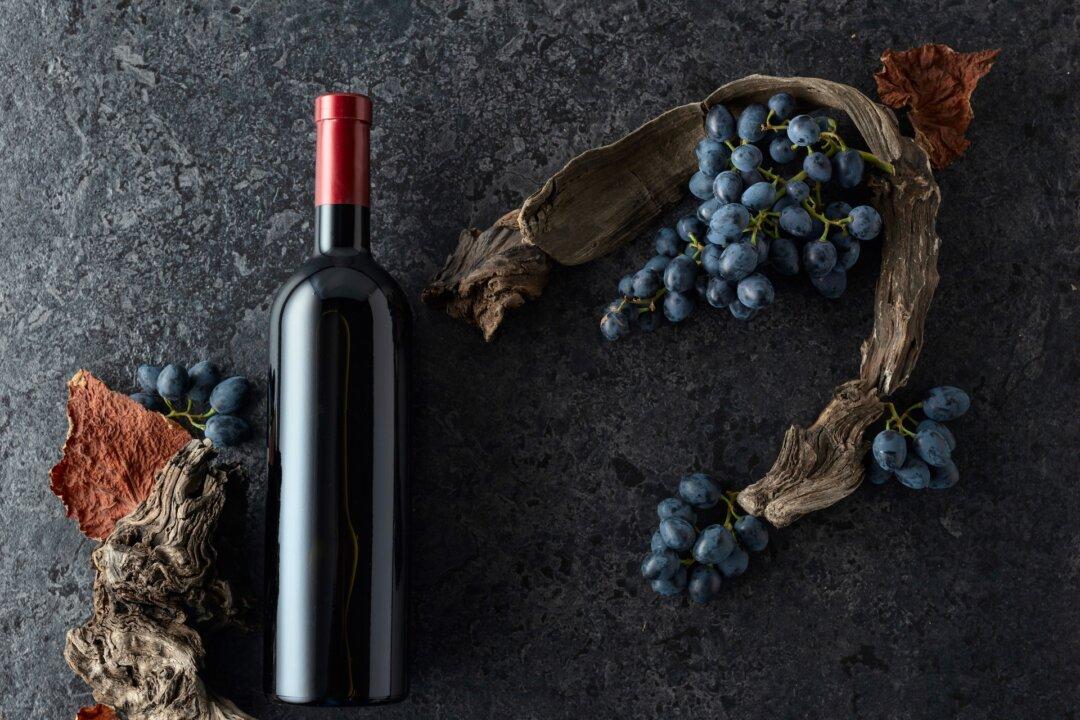I’ve been railing against higher-alcohol wines since they began appearing widely in this country in about 2000, and I received lots of criticism from people who saw me as anti-flavor.
The real reason these folks were so upset a quarter century ago was that I suggested that the “high alcohol = high flavor” people were all wrong. Higher-alcohol wines had less wine flavor, I wrote!





